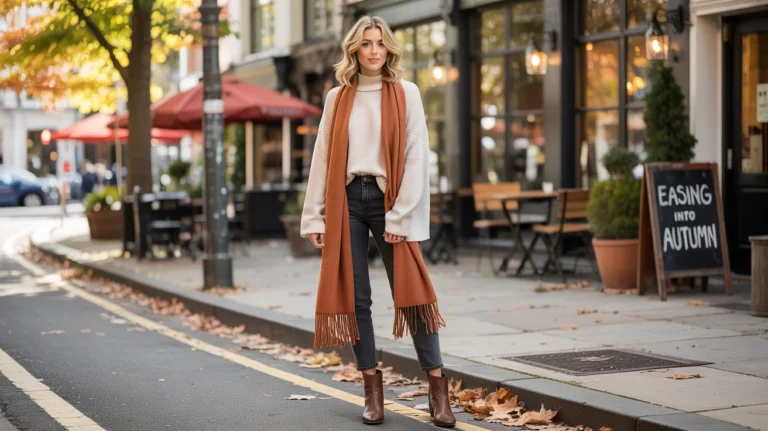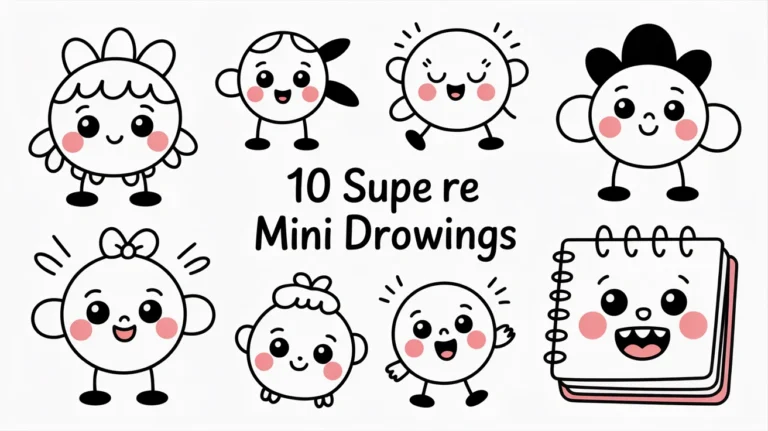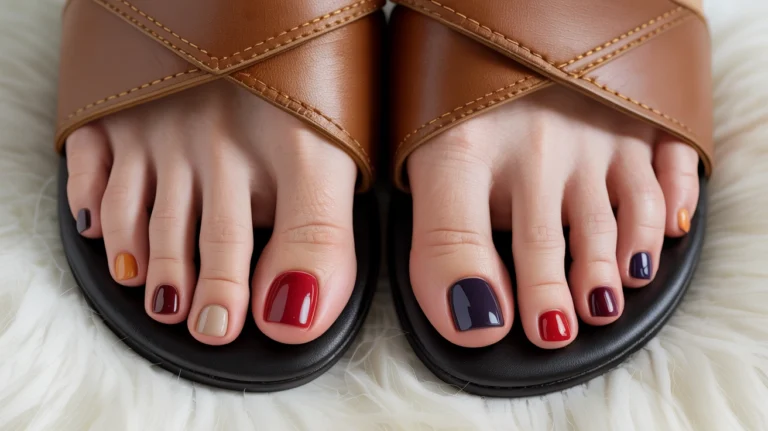10 Must-Know Tips for Newborn Diaper Choices
Becoming a new parent means diving into a world full of decisions—and few are as constant (and messy!) as diaper duty. Whether you’re a first-time parent or adding another little bundle to your family, finding the right diaper can make all the difference in your baby’s comfort and your peace of mind.
Between disposable, cloth, eco-friendly, and hybrid options, the choices can feel endless. But don’t worry—this guide breaks down 10 must-know tips for choosing the perfect diapers for your newborn, so you can spend less time stressing and more time snuggling.

1. Know the Basics: Cloth vs. Disposable
Before you fill your changing station, it’s important to understand the two main diaper types: cloth and disposable.
- Disposable Diapers: Convenient, quick to change, and widely available. They’re great for busy parents, but they do generate more waste and may contain synthetic materials or fragrances that can irritate sensitive skin.
- Cloth Diapers: Reusable and eco-friendly. They come in many styles—like prefolds, all-in-ones, and pocket diapers—and save money in the long run. However, they do require more effort when it comes to washing and maintenance.
Some parents use both: cloth diapers at home and disposables when traveling or at night. There’s no wrong choice—just what fits your family’s lifestyle best.

2. Pay Attention to Size and Fit Newborn Diaper
A diaper that doesn’t fit right can lead to leaks, blowouts, and discomfort. Most newborns start in size “Newborn” or “Size 1,” but every brand fits a little differently.
Look for a snug but not tight waistband, leg openings that seal gently, and tabs that fasten symmetrically. The diaper should fit under the belly button stump (for newborns) to allow it to heal properly.
If you notice red marks, it might be too tight. If you’re getting leaks, try adjusting the size or brand—sometimes switching makes all the difference.

3. Consider Skin Sensitivity
Newborn skin is delicate, and the wrong diaper can cause irritation or rashes. Choose hypoallergenic and fragrance-free options whenever possible. Avoid diapers with added lotions, dyes, or chlorine processing.
If you’re using cloth diapers, use a gentle, fragrance-free detergent and avoid fabric softeners. These can build up residue and cause irritation.
Parents of babies with eczema or extra-sensitive skin might consider diapers made from organic cotton, bamboo, or plant-based materials. These are breathable, soft, and naturally hypoallergenic.

4. Check for Absorbency
Absorbency is one of the most important features to look for in a diaper. Newborns can go through 10–12 diapers a day, and leaks can lead to rashes or nighttime wake-ups.
For disposables, check the brand’s absorbency rating. Some have built-in moisture indicators that change color when wet—a handy feature for new parents.
If you prefer cloth diapers, look for multiple absorbent layers or add inserts for extra nighttime protection. Materials like bamboo and hemp are especially good at wicking moisture away from the skin.

5. Watch for Signs of Wetness and Comfort
A comfortable baby is a happy baby. If your newborn fusses during changes or seems irritated, it may be time to try a new diaper type or size.
Modern disposable diapers often have a wetness indicator strip—a colored line that disappears when the diaper is full. This helps you know when it’s time for a change without constant guessing.
For cloth diapers, you’ll get used to checking by touch or timing changes every two to three hours. Consistent wetness checks prevent rashes and keep your baby fresh and comfortable.

6. Don’t Forget the Umbilical Cord Cutout
In those first few weeks, your baby’s umbilical cord stump needs extra care. Many newborn-sized diapers come with a notch or dip in the front to keep the area dry and free from irritation.
If your chosen brand doesn’t have one, you can easily fold down the front of the diaper to keep the cord exposed to air. Always make sure the area stays clean and dry until the stump falls off naturally.

7. Test Out a Few Brands Before Committing
Every baby is different—what works for one might not work for another. Before buying bulk boxes or full cloth sets, try out a few brands to see what fits best.
You can start with small packs or sample bundles from several brands. Pay attention to:
- Fit around the legs and waist
- Absorbency during naps and nighttime
- Any signs of irritation
- Ease of changing and fastening
Sometimes, it takes a bit of trial and error to find your baby’s perfect match.

8. Think About Environmental Impact
If sustainability matters to you, consider eco-friendly diaper choices.
Eco-disposables are made from plant-based or biodegradable materials, reducing plastic waste. Brands often use responsibly sourced wood pulp and avoid chlorine, fragrances, and dyes.
For an even greener option, cloth diapers win long-term. While they require water and energy for washing, their reusability significantly cuts landfill waste.
To go a step further, look into compostable diaper services available in some cities—they pick up used diapers and compost them safely.

9. Keep Changing Supplies Within Reach
No matter what diaper type you use, a well-organized changing setup makes everything easier. Stock your diaper station with essentials like:
- Diapers (obviously!)
- Unscented baby wipes or soft cloths
- Diaper rash cream (preferably zinc oxide–based)
- A waterproof changing pad
- Extra onesies for those unexpected messes
If you’re using cloth diapers, include a wet bag for storing soiled ones until wash time. Keeping everything within reach ensures you never have to step away from your baby during a change.

10. Watch Out for Diaper Rash—And Know How to Prevent It
Even with the best diaper choice, occasional rashes happen. Common causes include friction, trapped moisture, or sensitivity to ingredients in wipes or detergent.
Here’s how to keep rashes at bay:
- Change diapers frequently—every 2–3 hours or as soon as they’re soiled.
- Let your baby’s bottom air-dry between changes.
- Use barrier creams with zinc oxide or natural ingredients like calendula or shea butter.
- Avoid alcohol-based wipes—use warm water and a soft cloth instead.
If a rash lasts more than a few days or looks severe, talk to your pediatrician. Persistent rashes could be caused by yeast or bacterial infections that need specific treatment.
Bonus Tip: Keep It Simple
When it comes to newborns, it’s easy to get overwhelmed by the number of options. Don’t overthink it—your baby will grow fast, and what works now might change in a few months.
Start with what feels manageable and safe for your family. If that means using disposables for the first few weeks and switching to cloth later, that’s perfectly fine. Parenting is about finding what fits your rhythm, not perfection.
Quick Reference Chart
| Feature | Disposable Diapers | Cloth Diapers |
|---|---|---|
| Convenience | Very high | Moderate |
| Cost over time | Higher | Lower |
| Environmental impact | More waste | Less waste |
| Absorbency | Excellent | Depends on inserts |
| Skin sensitivity | Varies by brand | Very gentle with natural fabrics |
| Maintenance | Easy | Requires washing |
| Customization | Limited | Highly customizable |
Final Thoughts
Choosing the right diaper for your newborn isn’t just about keeping them dry—it’s about finding a balance between comfort, convenience, and care.
Pay attention to your baby’s skin, experiment with brands, and don’t be afraid to change your approach as your little one grows. What matters most is that your baby feels comfortable, safe, and loved.
Remember, diapers are a big part of your daily routine—but they don’t have to be complicated. With these 10 must-know tips, you’ll navigate the diaper aisle like a pro and keep your baby (and your sanity) clean, dry, and happy.






